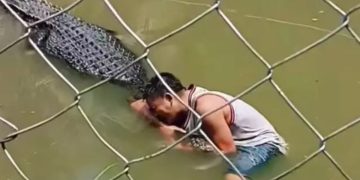Kim Williams, a conservation scientist, discovered an innovative way to protect sea turtles from egg poachers. In Central America, sea turtle eggs are a delicacy. Some people even believe that eating them can improve their libido (There is NO evidence for this). The solution was to use decoy eggs with GPS trackers.
The poaching of sea turtle eggs has become a huge problem.

The turtles are already endangered due to the destruction of their habitat. Poaching is adding pressure to an already vulnerable animal. Although it is illegal, many conservation officers do not have the resources to enforce the law.
Kim’s solution was ingenuously simple.

She realized that if a poacher accidentally grabbed a fake egg with a tracking device in it, they could track the thief. This simple but effective solution won her the 2015 Wildlife Crime Tech Challenge and a $10,000 prize.
The decoy eggs were printed with a 3D printer.

They used a printable plastic that was pliable to mimic the feel of a real turtle egg. Each decoy egg was the same weight, feel, texture, and look of the real thing. Except each had a GPS tracker embedded inside. The researchers deployed 101 decoy eggs.
After the decoys were left, it was a waiting game.

Helen Pheasey, a researcher on the team, told NPR :
“I deployed it on a Saturday night. Nothing happened. Nothing happened. I said OK. Monday morning, it’s come online, and it starts moving. And it just moved and moved and moved (laughter) and moved (laughter). And it was just going further and further inland (laughter). This is incredible. This is so cool.”
One decoy egg traveled 137km away!

It ended up in a market. But the egg’s journey helped to map out the key players involved in the poaching ring. At this point, researchers are just gathering information about the poaching network. Many of those involved in the trade live in poverty. Simply arresting those involved wouldn’t solve the underlying issues.
h/t: Science Magazine
















































